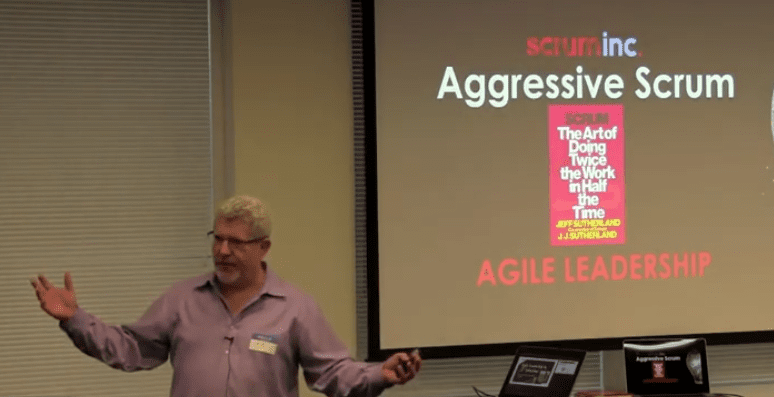Top 5 Techniques for Splitting a User Story
When splitting user stories, we should always split them vertically as if we are slicing a piece of cake. The whole cake is a cake and each vertical slice is a piece of cake with all it’s layers. A horizontal slice might just have the icing, or maybe just the filling, or just the crust and…

